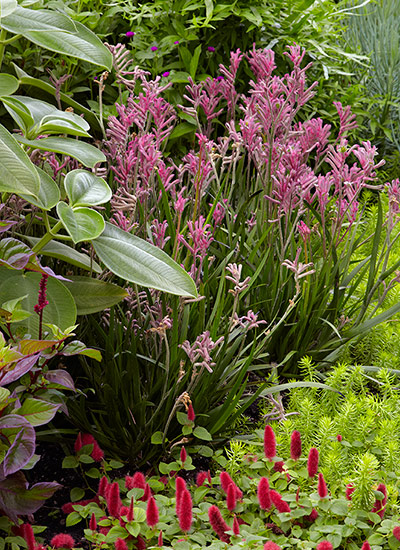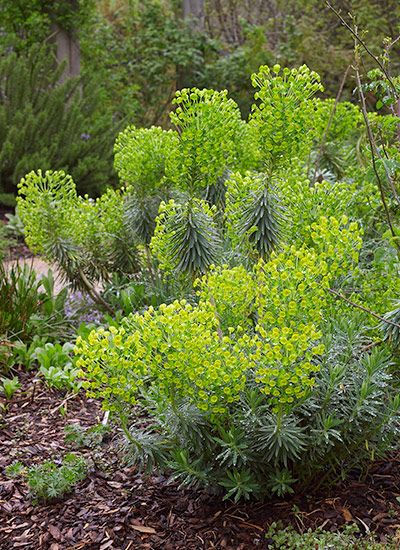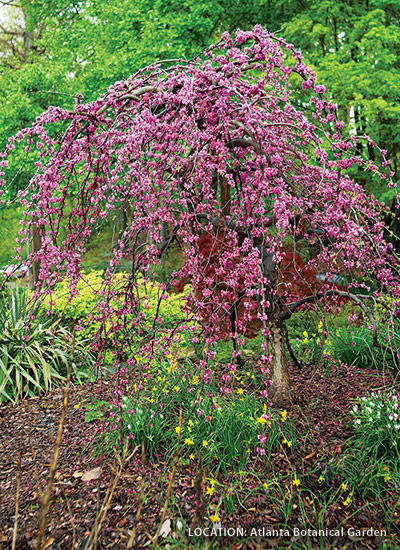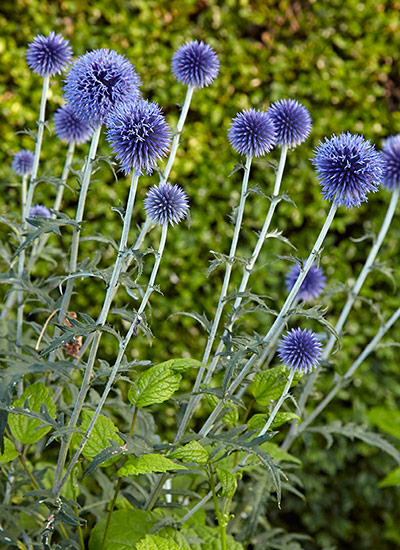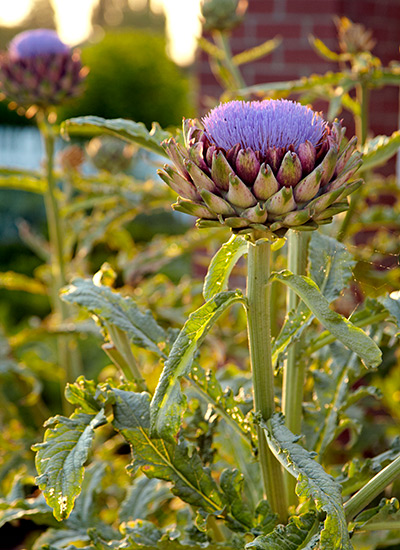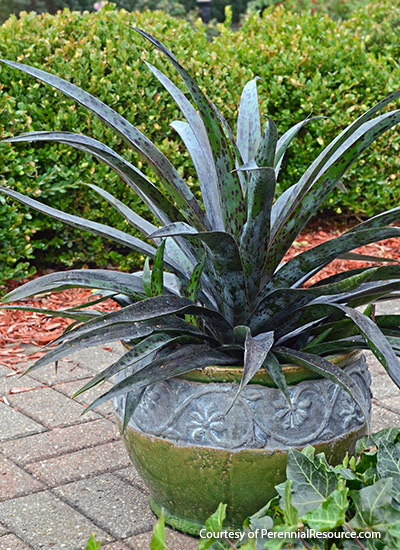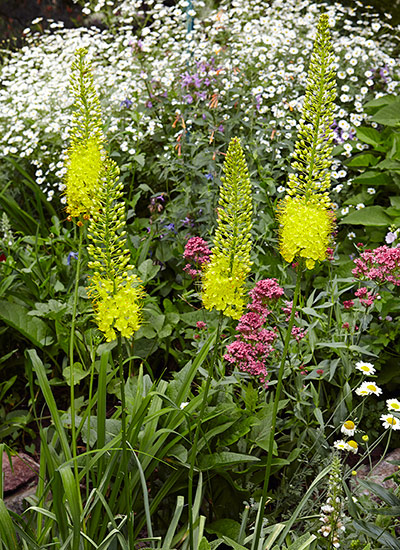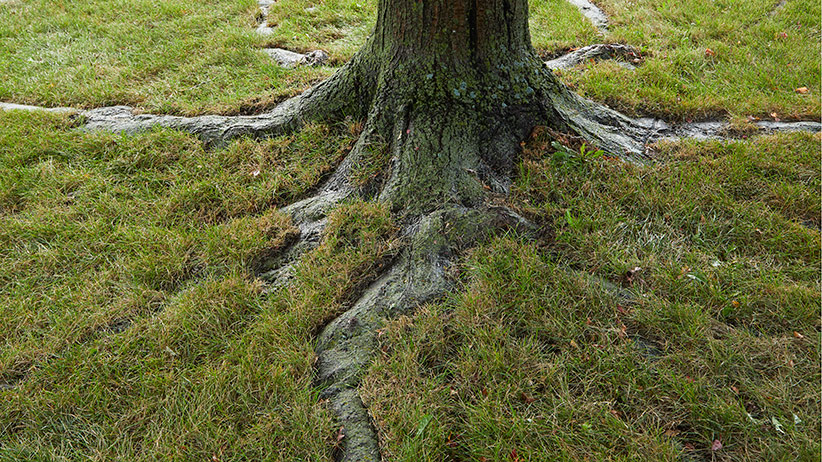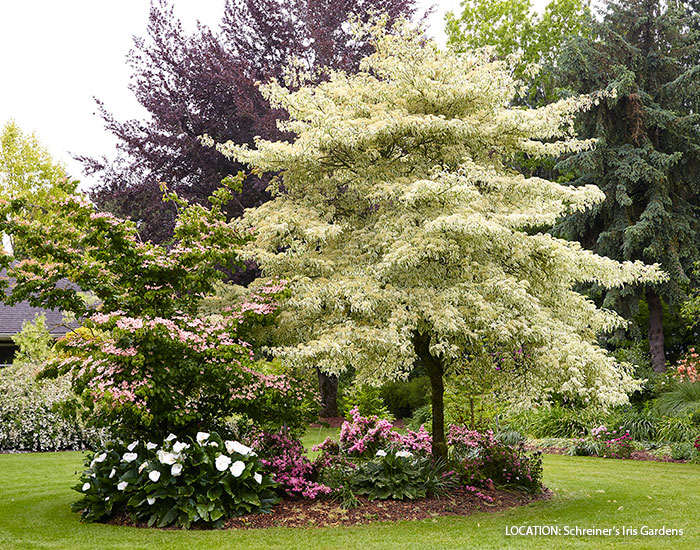
How to make a statement in your garden
A statement plant has a certain “wow” factor: It may be glorious color — an unusual shade or something shockingly bright. Or maybe it is the plant’s form — architectural lines or soft flowing shapes that set the tone for a landscape or container. The size of a plant can be so enormous it makes your jaw drop, or delicate and diminutive to cause you to pause and look closely to appreciate its attributes. Even texture can speak volumes — velvety foliage creates a cozy, laid-back feel in the garden while sharp, stiff leaves generate excitement.
You Might Also Like:
Garden plans for beds and borders
Perennials that add instant impact in your garden
Designing with Japanese maples
Helpful how-to gardening videos
Plants that demand attention
It can be difficult to use plants that make such a show of themselves. Sometimes they just need a spot to stand alone. But if you take their top attribute into consideration, be it color, shape, size or texture, and play it up with other plants in your garden that accentuate or contrast with it, you’ll be able to find a way to utilize all those “wow” plants. Here are a few of my favorites that make a statement.



